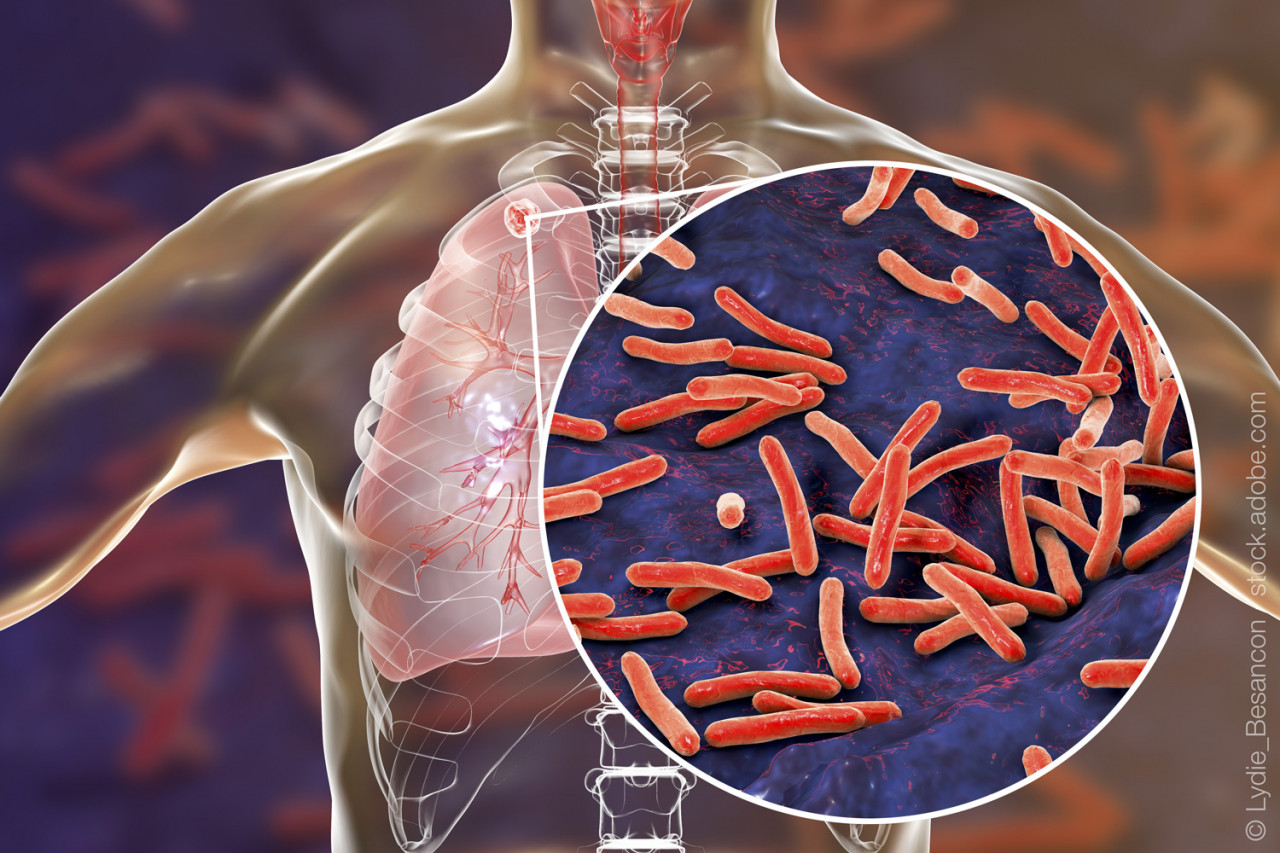HPLC detection of antibiotics
The Corona pandemic has made mankind aware that infectious diseases represent an existential threat if they spread uncontrolled. Even in our technologically advanced world with supposedly good healthcare systems, we are not close to defeating this threat.
Every year on March 24th, Tuberculosis (TB) Day reminds the world that tuberculosis is still the number one killer of lethal infectious diseases(1). Although tuberculosis is now a curable disease, prevention and control of TB is still a major task for institutions like the WHO. In 2019 an estimated 10 million people contracted TB and 1.4 million died from the disease including roughly 200,000 infected with HIV(2).
Tuberculosis cases are worldwide. However certain regions in SE Asia and Africa are particularly hardest hit. The disease is caused by the mycobacterium tuberculosis, which was discovered by the German physician, microbiologist, and Nobel Prize winner Robert Koch in 1882(3). The bacterium mainly affects the lungs, but also other organs. Despite many efforts there is still no reliable vaccine. Various antibiotics are used for treatment, which have to be taken over long periods of time. Standard therapies include Isoniazid, Rifampicin, Ethambutol, and Pyrazinamide. Since the division rate of the bacterium is very slow, patients often develop resistance to certain antibiotics, so combinations with different agents are used.
Common classes of antibiotically active substances are e.g. certain aminoglycosides (Capreomycin, Streptomycin) and fluoroquinolones (Ofloxacin/Levofloxacin, Ciprofloxacin).
In the following application, we demonstrate the analytical HPLC detection of streptomycin on a fully porous MACHEREY-NAGEL aminopropyl silica gel column, which was run in the reversed phase mode. The retention of the complex but very polar molecule occurs under acidic elution conditions mainly via polar-ionic interactions.
Access to application: Determination of streptomycin (aminoglycoside antibiotic)
References:
(1) Riccardo Alagna, Giorgio Besozzi, LuigiRuffo Codecasa, Andrea Gori, Giovanni Battista Migliori, Mario Raviglioni, Daniela Maria Cirillo, Eur Respir J.. 2020 Apr. 23;55 (4): 2000650
(2) WHO Global Tuberculosis Report 2020 – Executive Summary
(3) Sakula A. Robert Koch: centenary of the discovery of the tubercle bacillus,1882. Thorax. 1982;37(4):246–51, accessed 16 September 2020.


